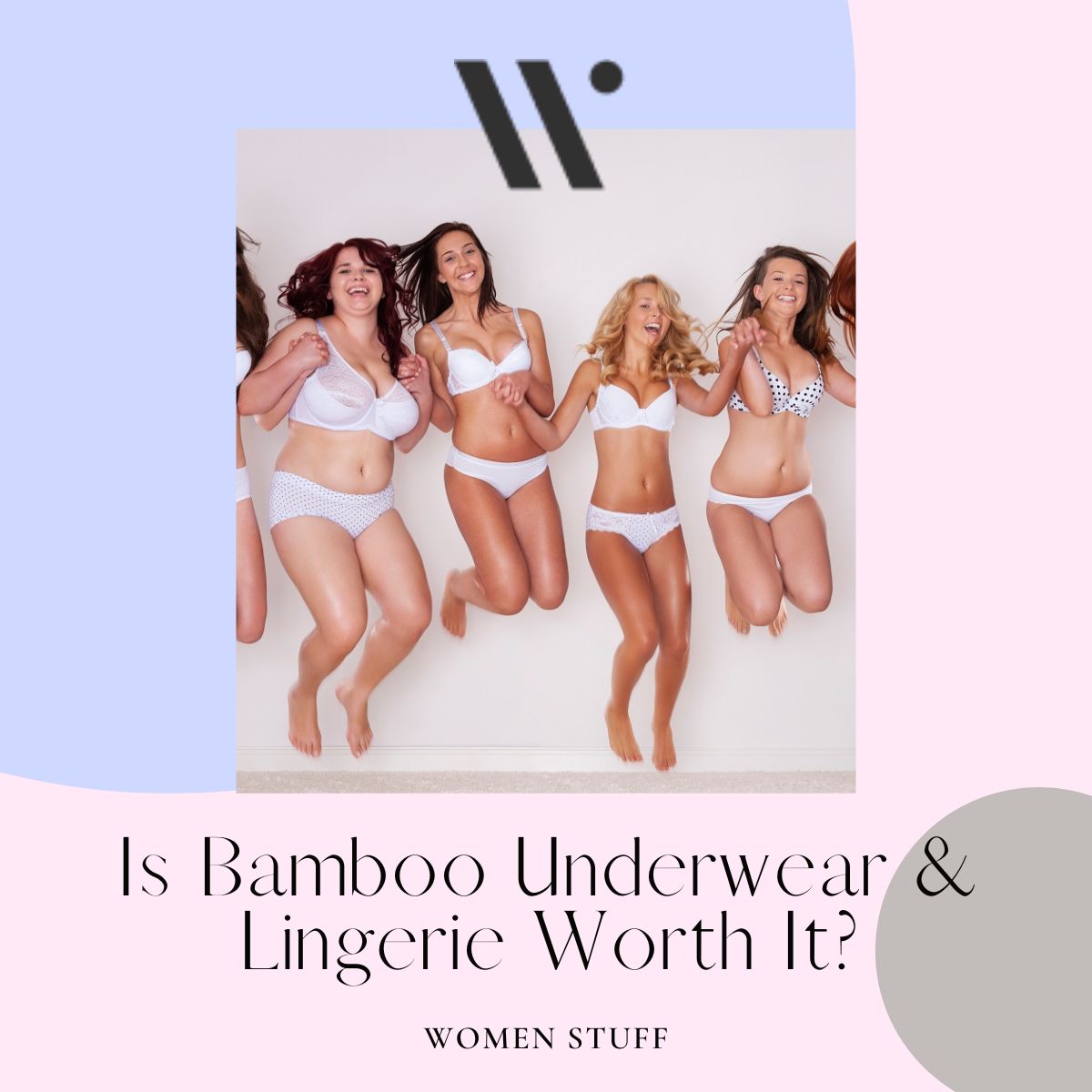
Is Bamboo Underwear and Lingerie Worth It?
The technological advances in textile have made a way to create things that were arguably impossible before. From linens to curtains, and even to our daily essentials like underwear, the science of textile has transformed into something innovative but still creates the fabrics we ought to have.
For decades, cotton has always been a holy grail for our garments from head to toe. The soft and cool texture and feel of cotton just give us a comfortable feeling, especially when it comes to our underwear. Yet, as cotton may seem a little bit too basic for some, several are now switching to other plant-based textiles that can give the same cottony feel but using a different material —- you might not know it but advances in textile have made a way for bamboo as a primary material in producing undergarments like underwear and lingerie.
Perhaps, you’re a little curious about how bamboo can turn into something comfortable. Yet, here are the things that you need to know about bamboo textile:
Bamboo to Textile
The advanced processing field of textile made the transition from plant to textile possible. As bamboo cannot be directly transformed into a soft material, bamboo is shredded down to small strips, which are chemically treated to soften the bamboo fibers. It is then processed into a very fine thin yarn called viscose rayon, which works as threads to be sewn together and create undergarments as soft as cotton. The fascinating thing about the product is a strong fiber that can be like or better than silk as well. Hence, it is yet another breakthrough to having a sustainable undergarment that is also made mostly from natural materials.
Yet, the question still remains, is it worth it?
Bamboo underwear and lingerie are a little bit expensive compared to normal cotton. Because of its long production process and the science it undergoes during treatment, it sets a different standard in pricing, however, it has a lot of advantages over your normal textile.
1. Super soft
We can’t argue about how cotton can feel so comfortable. Yet, bamboo undergarments are ultra-soft upon post-production, providing you with better comforts as you get to wear them. The fibers feel light, and also prevent irritation for sensitive areas; its round fibers are far from sharp, giving you cottony and silky underwear that can even boost your mood.
2. Breathable
The light and airy texture of bamboo textile are so breathable that it sometimes feels like it’s floating on your skin. It provides you with ventilation through its microscopic holes that let your skin breathe. Hence, it also controls the temperature of your body where it keeps it cool during hot weather conditions. Nevertheless, it avoids moisture so that you don’t have to worry about sweating in your most protected areas, especially during summer.
3. Great Insulator
Though cool and breathable on hot days, bamboo underwear and lingerie are also great at keeping you warm during cold seasons. The cross-sectional fibers of cotton undergarments perform well in keeping your temperature normal, seeking to keep your body heat at a normal level when the temperature drops inevitably. More so, it dries faster than cotton, keeping you dry at all times.
4. Odor resistant
Treated bamboo fibers have antimicrobial properties. Therefore, it prevents odor build-up which is also assisted by how it wicks away sweat and moisture on your most active days. It delivers a fresh and clean experience for you, where you will always feel that it is the best performing, unlike the traditional cotton that absorbs sweat and thus may smell bad fast.
5. Hypoallergenic
If you’re irritated quickly by most fabrics, then bamboo lingerie and underwear might be your best solution for it. As said above, it has round fibers that aren’t sharp at all, preventing the occurrence of irritation in your private areas like no other. Also, it does not wrinkle fast even after frequent washing —- they can be regarded as stiff but not displeasing to be worn. For those with sensitive skin, consider this type of fabric for your everyday wear.
Still, the bamboo textile can have its cons. Aside from their price, bamboo textiles are a lot more intensive when it comes to drying. Due to its wick-liquid and moisture properties, it can sometimes be difficult to dry them when liquid is already absorbed. Consequently, it also shrinks faster than cotton, and might even go smaller with frequent washing and drying.
With the advantages outweighing the disadvantages, it is still safe to say that bamboo textiles are worth the try. Though it can be more expensive than the usual cotton and wool, the antibacterial, breathable, and insulating properties it gives just sets the bar high for this type of textile. We may not know it, but bamboo underwear and lingerie might be a huge thing in the future —- the advances in textile processing might even crush out the disadvantages to create sustainable and efficient clothing that all of us will love.





